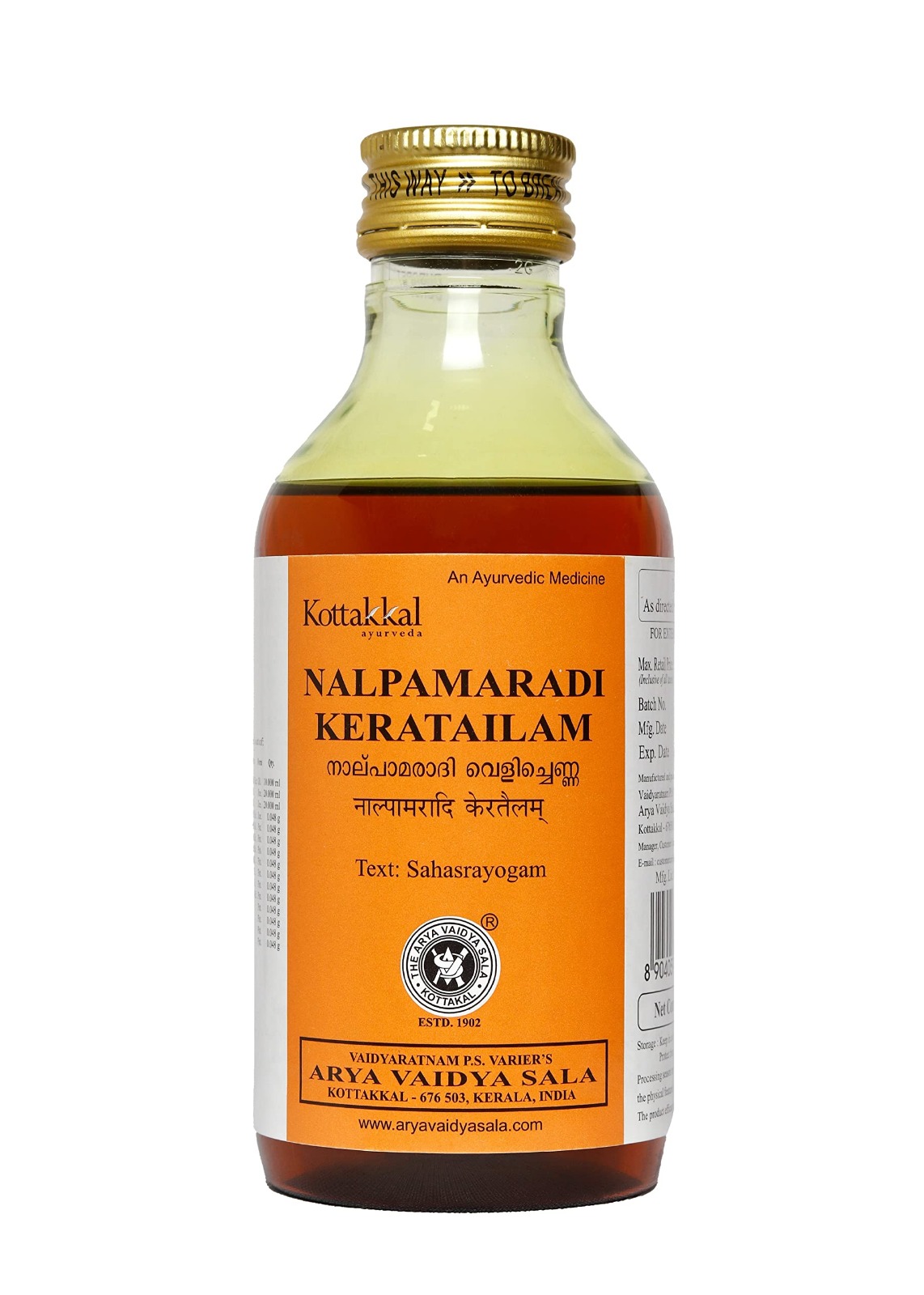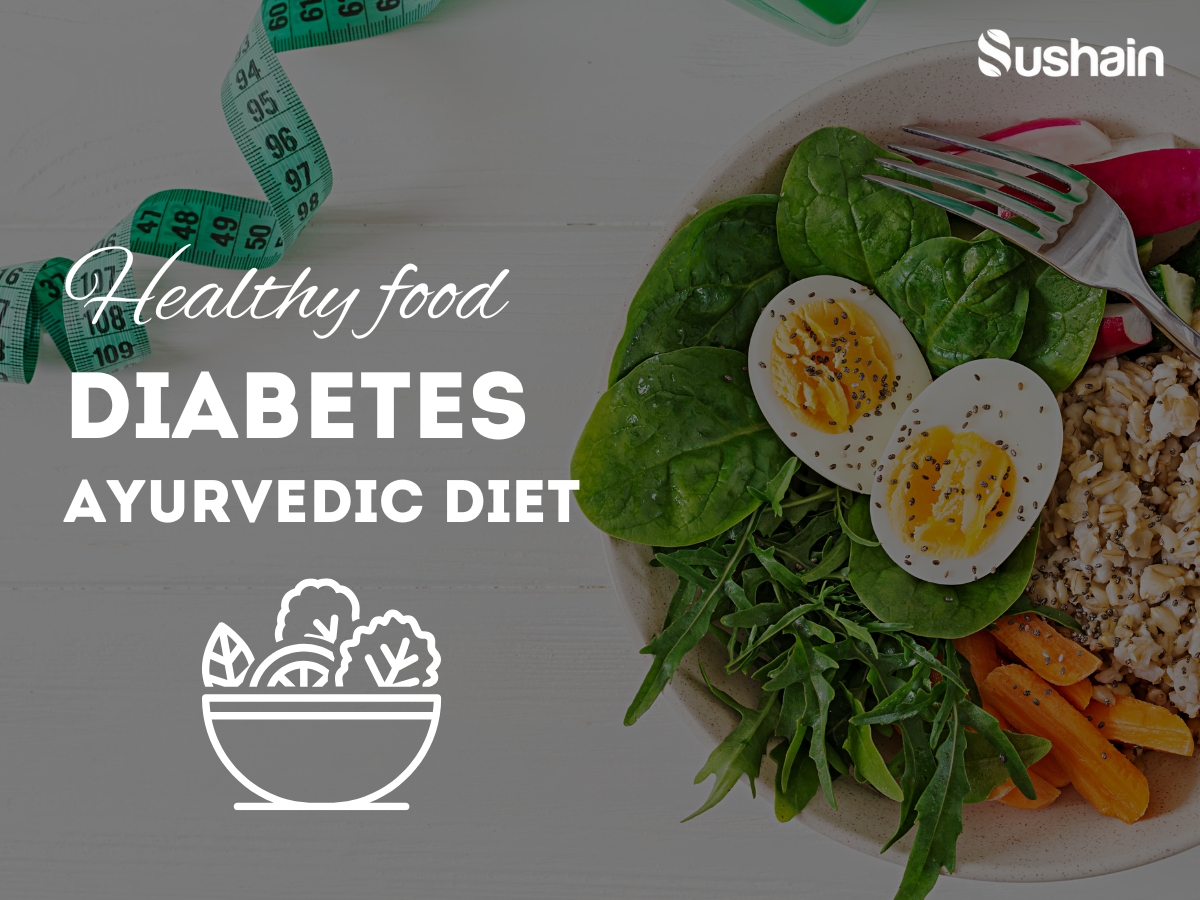Introduction to Lipoma:
A lipoma ayurvedic treatment is a fat lump between the skin and the underlying muscle layer. Lipomas grow slowly and are benign and harmless.
A lipoma is a round or oval-shaped mass of tissue that grows just below the layer of skin. It is most easily made up of fat when you touch it. Finding a lump on the body can be scary, but lipomas are harmless and require treatment for cosmetic purposes, even if they are painful and large. Lipomas are common in adults between the ages of 40 and 60.
Ayurveda describes lipoma as a kind of granthi called medoja granthi.
The fallen Vata dosha, Kapha dosha and dushita medha dhatu form lamps that is grunthi called as medoja granthi.
Ayurveda Treatment for Lipoma Without Surgery:
Ayurveda is a holistic approach to treating all diseases, so it mainly aims to treat the root cause. So, it’s important to balance the vitiated doshas and malas.
Ayurveda Treatment for Lipoma Plan Is Based On
- Aahara (Diet): Aahara refers to diet and nutrition. In Ayurveda, the emphasis is on maintaining a balanced and individualized diet to promote overall health. Dietary recommendations are often tailored to an individual's constitution (Prakriti), imbalances (Vikriti), and specific health conditions.
- Aushadha (Herbal Remedies): Aushadha involves using herbal medicines and natural remedies. Ayurvedic practitioners prescribe specific herbs and formulations based on the individual's constitution and the nature of the health issue. Herbal remedies are believed to restore balance and harmony to the body.
- Panchakarma: Panchakarma is a set of therapeutic procedures designed to purify and detoxify the body. It includes practices such as Vamana (therapeutic vomiting), Virechana (purgation), Basti (medicated enema), Nasya (nasal administration of medicines), and Raktamokshana (bloodletting or detoxification of the blood). Panchakarma aims to eliminate toxins (ama) from the body and restore balance to the doshas (Vata, Pitta, Kapha).
- Vihara (Lifestyle): Vihara focuses on lifestyle factors that contribute to well-being. This includes daily routines, sleep patterns, exercise, and stress management. Ayurveda places great importance on maintaining a balanced and disciplined lifestyle to prevent imbalances and promote optimal health.
Medoja granti or lipoma with small size can be treated with shamana aushadis, treating the recurrence of lumps and reducing size.
Dr Anila R S
BAMS | 23 YRS. EXP.
Dr Nandini Marappa
BAMS | 14 YRS. EXP.
Dr Vivek Kr Gupta
BHMS | 10 YRS. EXP.
DR DS Rathi
BAMS | 46 YRS. EXP.
DR Soonrita Taneja
BAMS,MD (Ayurveda) | 25 YRS. EXP.
DR Sandeep Madaan
MD (Ayurveda) | 20 YRS. EXP.
Dr Pradeep Katiyar
BAMS | 31 YRS. EXP.
Dr Sandeep Shah
BAMS,MD(AM) | 19 YRS. EXP.
Dr Preeti Lokhande
BAMS | 29 YRS. EXP.
Dr Amol Bhandarwar
MD (Ayurveda) | 17 YRS. EXP.
Ayurvedic Treatment & Home Remedies for Lipoma:
Ayurveda Treatment for Lipoma Home Remedies
- Triphala Guggulu: This herbal formulation, combining Triphala and Guggulu, is believed to have detoxifying properties and may be recommended for balancing doshas.
- Kanchanara Guggulu: Another herbal formulation, Kanchanara Guggulu, is traditionally used for conditions associated with excess Kapha, including certain swellings.
- Varanadi Kashayam: This herbal decoction is used for detoxification and may be recommended to support the elimination of toxins from the body.
- Arogyavardhini Vati: This Ayurvedic medicine is believed to have detoxifying and digestive properties and may be suggested for certain health conditions.
- Triphala Powder: Triphala, a combination of three fruits, is commonly used in Ayurveda. It can be taken internally to support digestion and detoxification.
- Guggulu Resin: Guggulu resin is known for its potential to balance doshas. It can be taken internally in powder or tablet form after consulting with an Ayurvedic practitioner.
- Turmeric Paste: Turmeric contains curcumin, known for its anti-inflammatory properties. A paste made with turmeric, water, or honey may be applied topically to the lipoma.
Important Herbs Used to Lipoma Ayurvedic Treatment:
- Triphala (Amalaki, Vibhitaki, Haritaki): Triphala combines three fruits known for their cleansing and detoxifying properties. It is commonly used to support digestive health and overall well-being.
- Kanchanara: Kanchanara is believed to have anti-inflammatory and detoxifying properties. It is often used in Ayurveda for conditions associated with excess Kapha, including certain swellings.
- Turmeric (Curcuma longa): Turmeric contains curcumin, a compound known for its anti-inflammatory and antioxidant properties. It is used in Ayurveda for various health purposes, including supporting the immune system.
- Pippali (Long Pepper): Pippali is known for its digestive and rejuvenating properties. It is sometimes used in Ayurveda to balance the doshas and promote overall well-being.
- Khadira (Acacia catechu): Khadira, or catechu, is traditionally used for its astringent and detoxifying qualities. It is believed to have benefits for skin-related conditions.
Udwartana is an Ayurvedic herbal massage technique that uses coarse powders to penetrate deeply and help prevent fat buildup. By balancing the Kapha Dosha, toxins are removed from the body, and blood circulation and digestion are improved.
The Udwartana procedure treats lumps by reducing their size and formation. Non-surgical Ayurvedic treatments can help reduce the size of lipomas and stop new lymph nodes from growing.
Ayurvedic Medicines for Skin Care:
Nagarjuna Brahma Rasaayanam Bottle Of 300 Gm
₹ 160
View Product
SBL Phytolacca Berry Mother Tincture Q Bottle of 30 ML
₹ 255
View Product
What are the causes of lipoma?
- Genetic factors: There is evidence suggesting a genetic predisposition to lipoma development. As mentioned, around 2 to 3% of people with lipomas have a family history of the condition, indicating a possible genetic link.
- Obesity: There is a correlation between obesity and the development of lipomas. People who are overweight may have a higher risk of developing these fatty tumors.
- Metabolic disorders: Conditions affecting lipid metabolism or fat processing in the body may contribute to the development of lipomas.
- Liver disorders: Some liver conditions, such as cirrhosis or certain metabolic disorders, may be associated with an increased risk of lipomas.
- Trauma or injury: While the role of trauma in lipoma formation is not well-established, some cases suggest that trauma or injury to the fatty tissue may contribute to the development of lipomas in certain individuals.
- Lipid abnormalities: Disorders involving abnormal fat metabolism or distribution in the body may contribute to the formation of lipomas.
Panchkarma Gives Good Results in The Treatment of Lipoma-
- Deepana Paachana: This involves using herbs and treatments to stimulate digestion (Deepana) and balance digestive fire (Agni), as proper digestion is considered crucial for overall health in Ayurveda.
- Sthanika Abhyanga: This refers to localized or specific massage therapy. Abhyanga involves the application of medicated oils to the body, which is believed to have therapeutic effects.
- Nadi Swedana: Nadi Swedana is a type of steam therapy where steam is directed to specific areas of the body. It is often used to promote sweating and is considered beneficial for certain conditions.
- Anuvasana Basti: Anuvasana Basti is a type of oil enema that involves the administration of medicated oils through the rectum.
- Niruha Basti: Niruha Basti involves the administration of a decoction or herbal mixture through the rectum.
- Ahara (Diet): Dietary recommendations play a crucial role in Ayurveda. An individualized diet, based on one's constitution and specific health conditions, is often recommended to restore balance and promote healing.
Role of Yoga to Treat Lipoma:
Yoga also treats and heals lipomas, improves blood circulation, removes toxins from the body, and prevents lump formation through continuous yoga practice, especially the 12-step Surya Namaskar practice. Reduces fat accumulation.
Practicing Kapalbhati and his Anuloma viloma pranayama increases and balances breathing patterns and also treats fat mass buildup.
Non-surgical Ayurvedic treatments reduce the size of the lump and prevent it from forming. Ayurvedic medicines relieve symptoms without side effects and have good results, both mentally and physically.
Latest Blogs


 Home
Home  Book Video Consultation
Book Video Consultation Buy Medicines
Buy Medicines


























